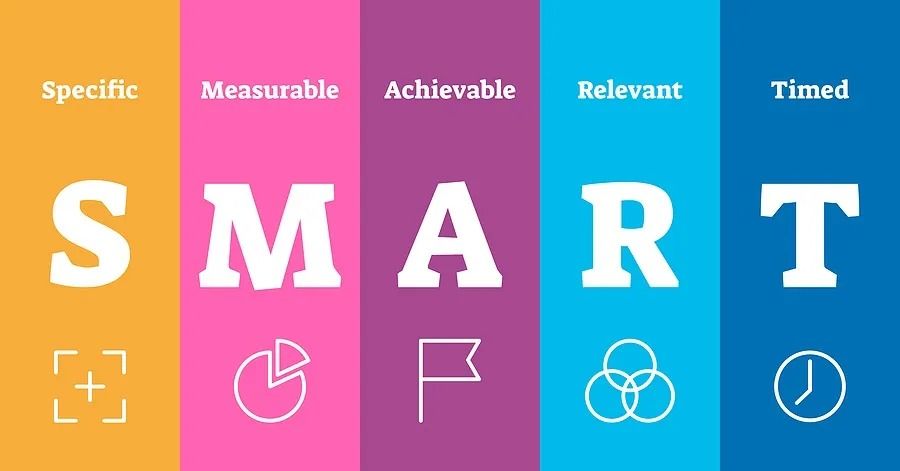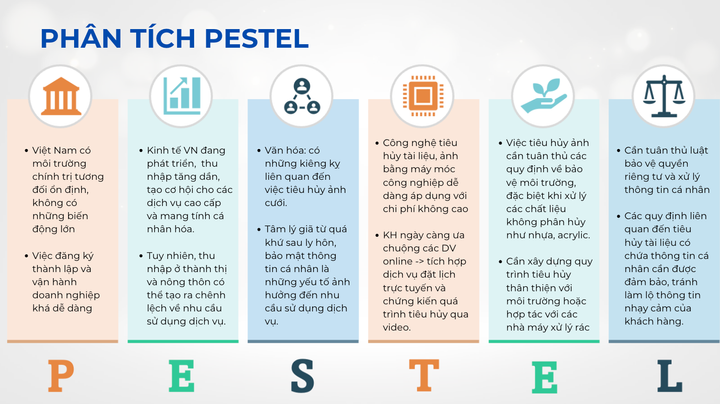Applying SMART in Project Management: A Blueprint for Success

Effective project management is the cornerstone of achieving desired outcomes in any organization. To ensure projects stay on track and yield the desired results, project managers rely on frameworks like SMART. SMART stands for Specific, Measurable, Achievable, Relevant, and Time-bound. In this post, we will explore the importance of applying SMART criteria in project management and its positive impact on project success.
S - Specific
In project management, specificity is key. Specific goals leave no room for ambiguity, providing a clear roadmap for the project team. Rather than vague objectives like "improve customer satisfaction," a specific goal would be "increase customer satisfaction by reducing response time to customer inquiries by 20% within six months." This level of detail empowers the team to understand the project's scope and allocate resources effectively.
For example, consider a digital marketing project:
Project Goal: Enhance the company's online presence.
A specific goal would be:
Specific Goal: Increase the company's monthly website traffic by 30% within six months through content optimization and strategic social media marketing.
This specific goal outlines the necessary actions, the desired outcome, the timeframe, and how success will be measured.
M - Measurable
Measurable goals enable progress tracking and performance assessment. They provide a clear means to gauge how well the project is meeting its objectives. For the digital marketing project, measuring progress involves tracking response times, customer feedback, and other relevant metrics. Measurable goals ensure data-driven decision-making and allow for adjustments as needed.
Measurable Goal: Increase the company's monthly website traffic by 30% within six months through content optimization and strategic social media marketing, with progress measured through Google Analytics data.
This measurable goal adds a specific measurement method (Google Analytics) to facilitate ongoing progress monitoring and quantification.
A - Achievable
Achievable goals strike a balance between ambition and feasibility, considering available resources and constraints. Setting overly ambitious goals can lead to frustration and burnout, while overly modest goals may not inspire the team to excel. Assessing resources, skills, and constraints is crucial to ensure the goal is attainable.
For instance, consider an overly ambitious version of the digital marketing project:
Achievable Goal: Achieve a 300% increase in the company's monthly website traffic within six months through content optimization and strategic social media marketing.
While ambitious, this goal may not be realistic if the company lacks the necessary resources or expertise. A more achievable version would be:
Achievable Goal: Increase the company's monthly website traffic by 30% within six months through content optimization and strategic social media marketing.
This revised goal aligns with the available resources and expertise, increasing the likelihood of success.
R - Relevant
Relevance ensures that the project aligns with the organization's strategic objectives and addresses actual needs. Projects should contribute meaningfully to the organization's mission. If the digital marketing project doesn't align with the company's strategic priorities, it may not be worth pursuing.
For example, consider a team-building event in a non-profit organization:
Relevant Goal: Organize a corporate team-building event for employees focused on personal development.
While team-building is beneficial, this goal may not directly align with the organization's mission. A more relevant goal could be:
Relevant Goal: Host a corporate team-building event for employees that includes workshops on skills relevant to the organization's mission, such as community engagement and leadership.
This goal ensures that the project is directly related to the organization's objectives and mission, making it more relevant.
T - Time-bound
Setting a clear timeframe is essential for keeping the project on track and preventing it from becoming an open-ended effort. Establishing a deadline creates a sense of urgency and commitment among the project team.
For example, consider the team-building event:
Time-bound Goal: Host a corporate team-building event for employees that includes workshops on skills relevant to the organization's mission, such as community engagement and leadership, within three months.
Adding a specific timeframe (three months) ensures that the project remains on track and prevents it from becoming a long, drawn-out effort.
Benefits of Applying SMART in Project Management
- Enhanced Clarity: SMART goals provide a crystal-clear understanding of what needs to be achieved, reducing confusion and miscommunication within the team.
- Improved Accountability: With specific, measurable goals and clear deadlines, team members are more likely to take responsibility for their tasks and deliverables.
- Informed Decision-Making: Measurable goals enable project managers to make data-driven decisions, assess progress, and adjust the project's course as needed.
- Alignment with Strategy: SMART goals ensure that projects are aligned with the organization's strategic objectives, adding value to the business.
- Motivated Teams: Achievable goals inspire and motivate teams to work toward a common objective, boosting morale and productivity.
Applying the SMART criteria in project management is a powerful approach for setting the stage for successful project execution. Specific, measurable, achievable, relevant, and time-bound goals provide clarity, measurement, feasibility, relevance, and a sense of urgency to guide the project team toward achieving its objectives. By incorporating SMART principles into your project management approach, you can increase the likelihood of project success and deliver results that make a significant impact on your organization.



Comments ()